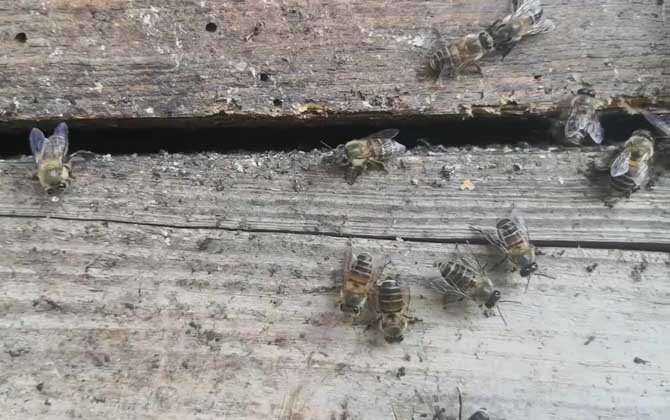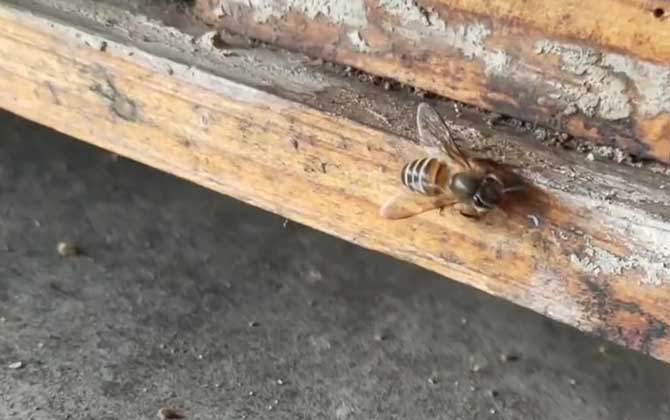Bees as Social Insects: Winter Survival Strategies
Bees are highly social insects that demonstrate remarkable survival strategies during winter. As cold weather approaches, bee colonies intensively collect and store food reserves in their honeycombs. During winter dormancy, the colony forms a tight cluster within the hive, consuming stored honey to generate metabolic heat and maintain cluster temperature. This survival mechanism persists until spring temperatures rise, when the colony resumes normal activities. A critical challenge occurs when a wintering colony loses its queen – let’s explore the manifestations and solutions of this situation.

I. The Queen Bee: Monarch of the Hive
The queen bee, also known as the hive mother or matriarch, holds a unique position among the three bee castes (queen, workers, and drones). Key characteristics include:
- Develops from fertilized eggs in specially constructed queen cells
- Exclusively fed royal jelly throughout development
- Sole reproductive female in the colony
- Produces pheromones regulating colony behavior and unity
A queenless colony faces gradual collapse as worker numbers dwindle without replacement. Without the queen’s pheromonal signals, the colony’s social structure disintegrates within weeks.

II. Winter Survival Mechanisms
Honeybees employ sophisticated strategies to endure cold months:
- Cluster Formation: Bees form a thermoregulating ball that tightens with decreasing temperatures
- Honey Consumption: Stored honey fuels metabolic heat production
- Rotational Movement: Outer and inner bees periodically exchange positions
Two critical survival factors:
| Factor | Requirement |
|---|---|
| Colony Strength | Minimum 20,000 workers for effective clustering |
| Food Supply | 30-50 lbs honey储备 depending on climate severity |

III. Signs of Queenlessness in Winter
Beekeepers can detect queen loss through these indicators:
- Acoustic Test
- Rhythmic buzzing (queen present)
- Disorganized humming (queen absent)
- Foraging Behavior
- Sudden cleansing flights (healthy colony)
- Minimal outdoor activity (queenless)
- Cluster Structure
- Tight formation (normal)
- Loose aggregation (queenless)

IV. Emergency Interventions
A. Introducing New Queen
Direct Introduction:
1. Spray colony with 1:1 sugar syrup
2. Place queen directly on comb surface
Gradual Introduction:
1. Confine queen in cage
2. Allow gradual pheromone integration
3. Release after 24-48 hours
B. Colony Merging
Direct Merge:
– Unite colonies using smoke/syrup
– Combine during warm afternoon
Separated Merge:
1. Use newspaper divider
2. Allow gradual scent mixing
3. Remove partition after 3 days
V. Preventive Measures
To avoid winter queen loss:
- Conduct autumn queen assessments
- Maintain proper hive ventilation
- Ensure adequate pollen stores
- Monitor varroa mite levels
Understanding these winter survival dynamics helps beekeepers maintain colony health. Early detection of queenlessness combined with prompt intervention can save up to 80% of affected colonies, according to recent apicultural studies.